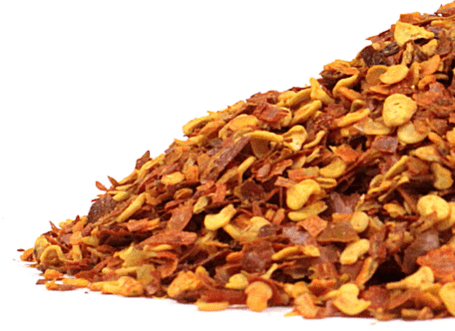This page will be updated frequently with the recommended merchants, tools, food/ingredients, books, and other links mentioned for the Dehydrating eBook and eCourse. (Keep scrolling to see all links and recommendations.)
Merchants
The following merchants are excellent resources for your traditional cooking needs.

Cultures for Health
Provides starter cultures, cheese-making supplies, sprouting supplies, and more. Get 15% off cultures and 10% off supplies.
More info: Cultures for Health.
Coupon: TCS for 15% off cultures and 10% off supplies. May be used multiple times.

Amazon.com
Amazon has an entire grocery section of natural and organic ingredients, including many of the items need for this eCourse. It’s also a great place to get appliances.
More info:
Amazon.com.
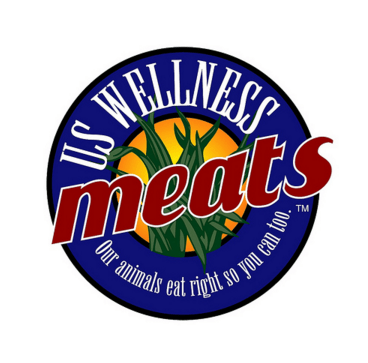
US Wellness Meats
On online resource for pasture-raised meats, grassfed dairy, lard, tallow, and more.Great resource for meats used to make jerky.
More info: US Wellness Meats
Tools and Equipment
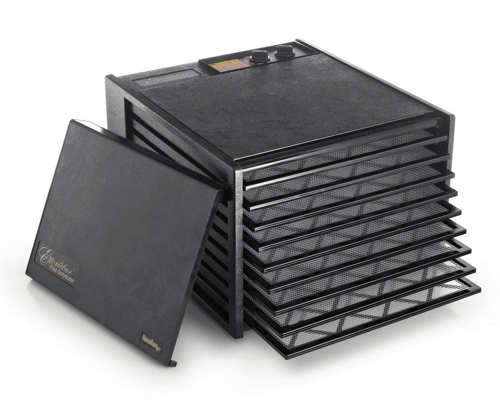
Excalibur 9-Tray Dehydrator
This horizontal airflow unit has removable trays, so it can also be used to ferment foods at a controlled temperature (it even fits half-gallon and gallon-sized jars!
More info or buy at: Amazon.com.
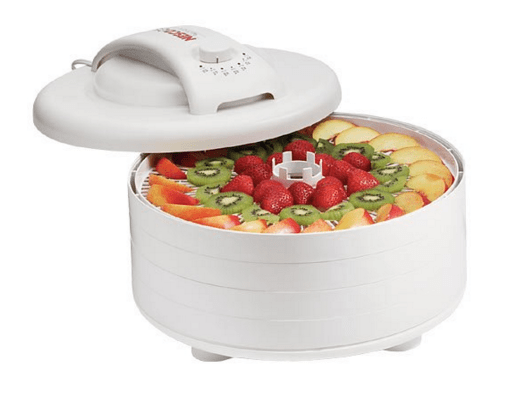
Nesco/American Harvest Dehydrator
This vertical airflow unit uses stackable trays.
More info or buy at: Amazon.com.
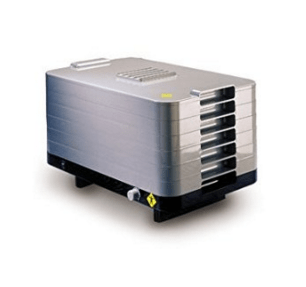
L’Equip dehydrator
This is also a vertical airflow unit that uses stackable trays.
More info or buy at: Amazon.com.
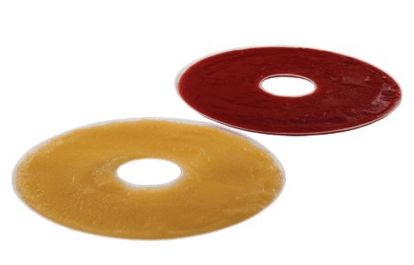
Fruit Leather Trays
Use to line trays of Nesco/American Harvest Dehydrator to make fruit leather.
More info: Amazon.com.
Alternative: line tray with parchment paper.
Needed in lesson 7.
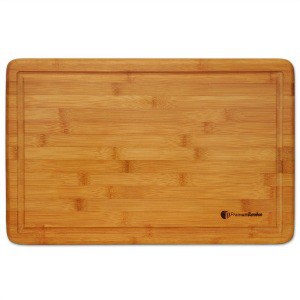
Wooden Cutting Board
A large wood or bamboo cutting board is needed for cutting vegetables and carving meats.
More info or buy at: Amazon.com.
Needed in most lessons.
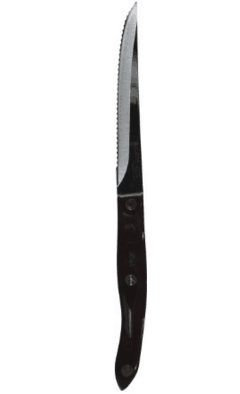
Trimmer/Utility Knife
A large wood or bamboo cutting board is needed for cutting vegetables and carving meats.
More info or buy at: Amazon.com.
Needed in most lessons.

Paring Knife
Great for peeling and small, intricate cutting tasks.
More info or buy at: Amazon.com.
Needed in most lesson 18.
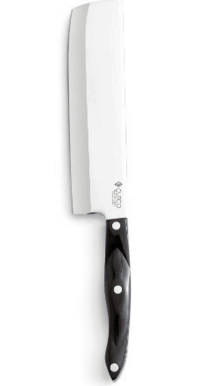
Cutco Vegetable Knife
Similar to a chef’s knife, but rectangular. Can be used to chop and slice then with its rectangular base, you can scoop things up.
More info or buy at: Amazon.com.
Needed in most lessons.
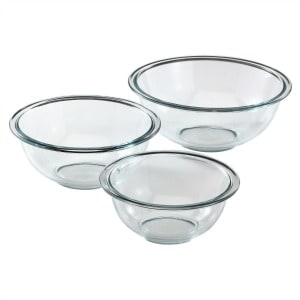
Mixing Bowls
A small, medium and large are handy at a minimum.
More info or buy at: Amazon.com.
Needed in most lessons.
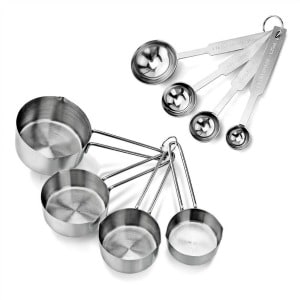
Measuring Cups and Spoons
Necessary for accurate measuring.
More info or buy at: Amazon.com.
Needed in most lessons.
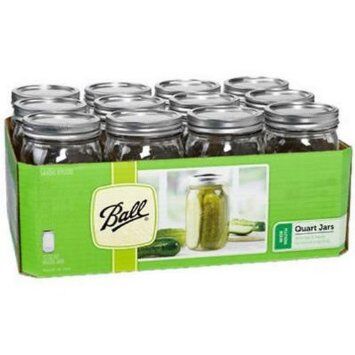
Quart-size Mason Jar (wide-mouth)
Useful in soaking grains, fermentation, sprouting, and food storage.
More info or buy at: Amazon.com.
Needed in lessons 10 and 17.
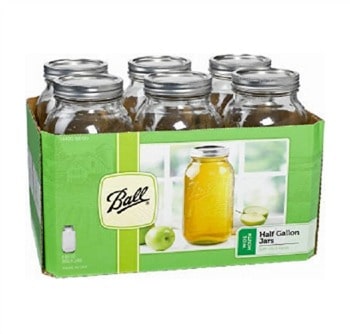
Half-Gallon Mason Jars
Use with sprout screens to sprout wheat berries (or other grains/beans). Also helpful in making water kefir.
More info or buy at: Amazon.com.
Alternative: use two quart jars.
Needed in lessons 12 and 17.

Hand Chopper
Used to chop a small amount of ingredients (such as vegetables).
More info or buy at: Amazon.com.
Option in most lessons.
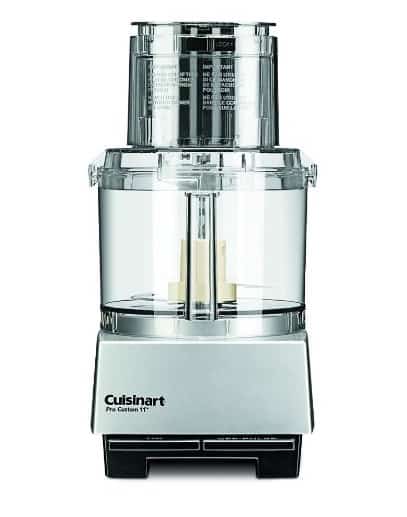
Food Processor
An excellent tool for chopping, shredding, and powdering.
More info or buy at: Amazon.com.
Alternative: Use hand tools for chopping and shredding.
Needed in most lessons.
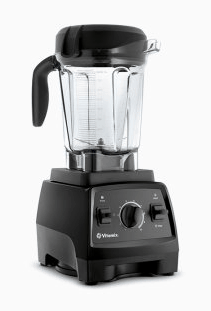
Vitamix (High-Powered Blender)
Mill your own flour (though not as finely as a mill) and crack grains for porridge.
More info or buy at: Vitamix.com.
Alternatives: a stand-alone mill or grain cracker, or another high-powered blender such as Blendtec.
Option in most lessons.
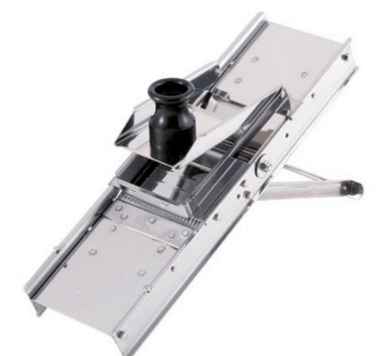
Bron Mandolin Slicer
This sturdy vegetable slicer is made from stainless steel. It is useful for making very thin vegetable slices to dehydrate as chips.
More info or buy at: Amazon.com.
Alternative: Use hand tools for slicing, except it will be very difficult to get vegetables thin enough for chips with by cutting with a knife.
Needed in lessons 5, 8, and 9.
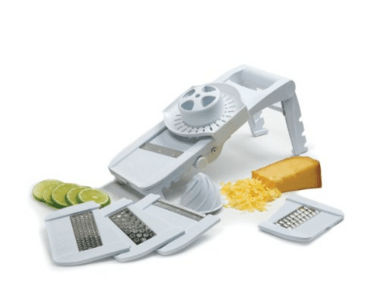
Norpro Mandolin Slicer
This vegetable slicer is made from plastic. It is less expensive than the Bron madolin and is a good choice if you are uncertain how much use you’ll be using it.
More info or buy at: Amazon.com.
Needed in lessons 5, 8, and 9.

Foodsaver Vacuum Sealing System
A great option for sealing and storing dehydrated foods for long term use, without the need for refrigeration.
More info: Amazon.com.
Option in most lessons.
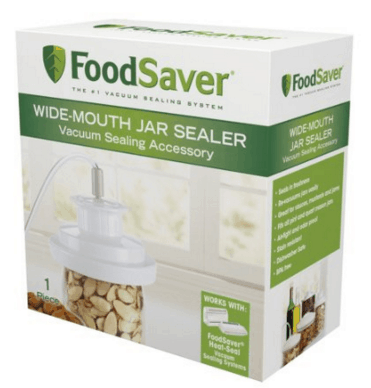
Foodsaver Jar Sealer Accessories
Needed to vacuum seal food in jars.
More info: Amazon.com.
Option in most lessons.
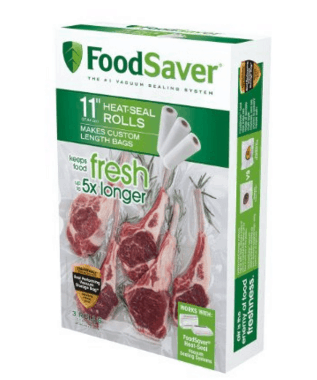
Foodsaver Rolls
Needed to create vacuum-seal pouches.
More info: Amazon.com.
Option in most lessons.
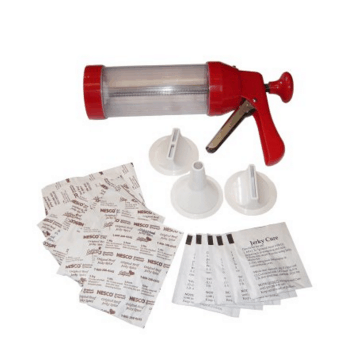
Jerky Gun
Helpful in making ground beef jerky and jerky sticks.
More info: Amazon.com.
Option in lessons 14 and 16.
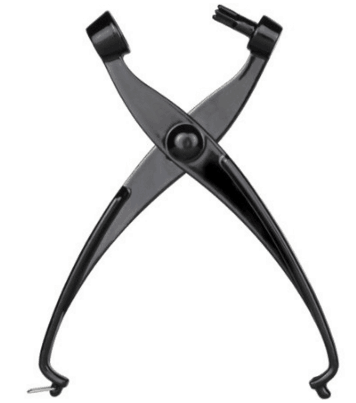
Cherry Pitter
If you plan to dry a lot of cherries, you’ll be thankful for a cherry pitter!
More info: Amazon.com.
Needed in lesson 5.
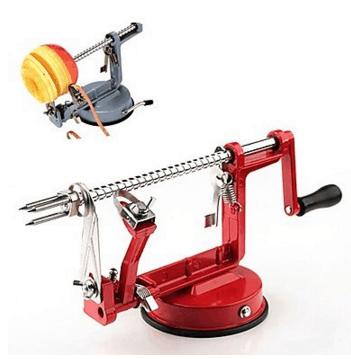
Apple Corer/Peeler/Slicer
An apple corer/peeler/slicer will save you much time while generating perfectly even and clean slices for the dehydrator.
More info: Amazon.com.
Needed in lessons 5 and 7.
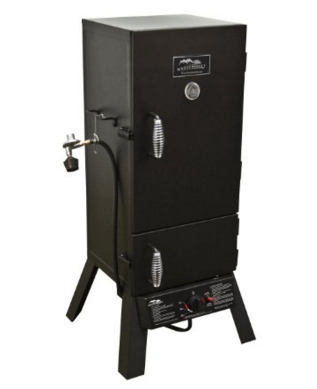
Smoker
A great way to dry meats and fish when warmth and sun were not available.
More info: Amazon.com.
Option is most lessons.
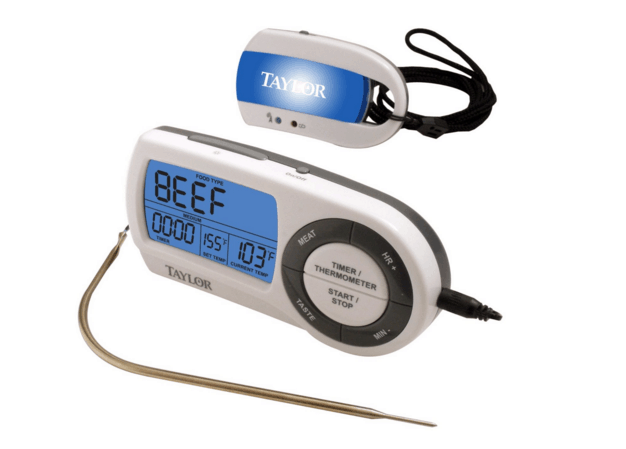
Wireless Remote Thermometer
Helpful if you plan to dehydrate food in your car.
More info: Amazon.com.
Alternative: easy read thermometer.
Option in most lessons.
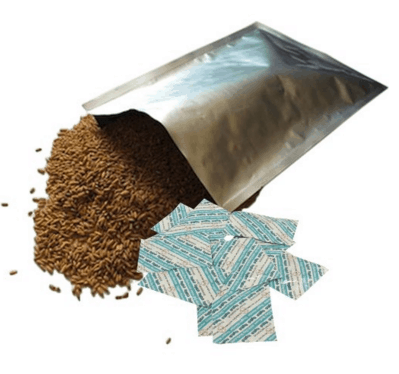
Mylar Oxygen Absorber Bags
Helps accomplish a moisture-free and oxygen-free environment for your
food storage.
More info: Amazon.com.
Mentioned in lesson 4.
Option in most lessons.
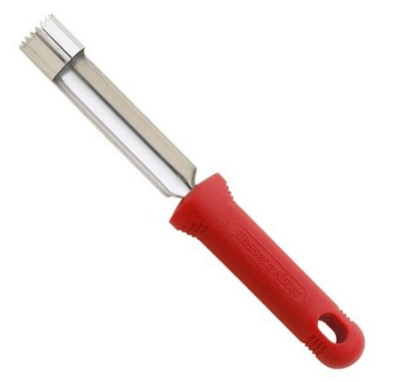
Apple Corer
This simple tool pushes into the apple parallel to the core to help you pop it out in seconds.
More info: Amazon.com.
Needed in lesson 5.
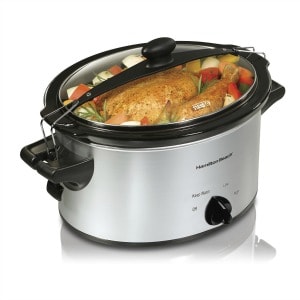
Crockpot
Besides getting dinner ready ahead of time, crockpots are great for making broth and cooking beans.
More info or buy at: Amazon.com.
Alternative: Use a large stockpot.
Needed in lessons 8, 11, 13, and 19.

Stockpot
Helpful in soaking and cooking grains/beans, making stock, cheese and large soups/stews.
More info or buy at: Amazon.com.
Needed in lessons 11 and 13.

Cast-Iron Skillet
Needed for cooking steak, tortillas, and preparing skillet meals.
More info or buy at: Amazon.com.
Needed in lessons 11, 13, 14, 18, and 20.
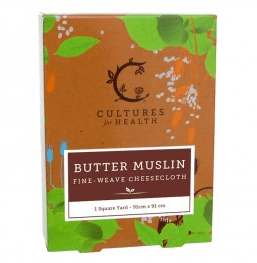
90-count Cheesecloth
This fine-weave cheesecloth is useful in draining soft cheeses. Reusable.
More info or buy at: Cultures for Health or Amazon.com.
Coupon: TCS for 15% off cultures and 10% off supplies at Cultures for Health. May be used multiple times
Needed in lessons 1, 13, and 17.

Stainless Steel Colander
Useful for straining stocks/broths, soaked grains/beans, and more.
More info or buy at: Amazon.com.
Needed in lessons 12, 13, and 15.
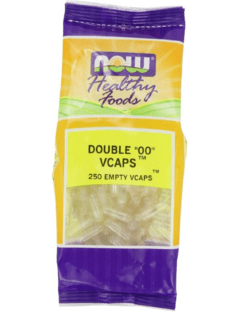
Empty Gel Caps
Fill with your homemade dessicated liver to create a liver supplement.
More info or buy at: Amazon.com.
Needed in lesson 15.
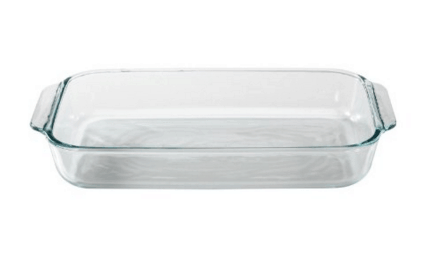
9-inch-by-13-inch Pan
Needed for baked goods, such as baked oatmeal.
More info or buy at: Amazon.com.
Needed in lesson 18.
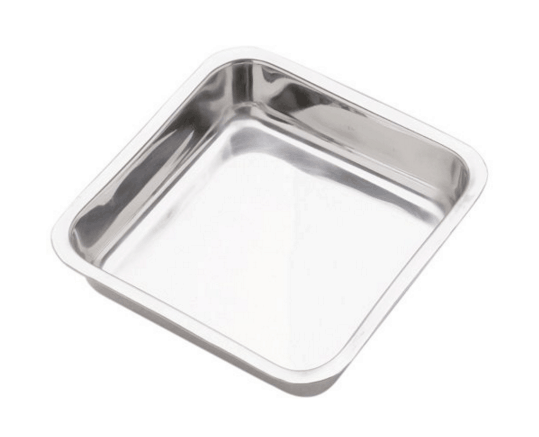
8″ or 9″ Square Baking Dish/Cake Pan
Needed for baking cakes.
More info or buy at: Amazon.com.
Needed in lessons 18, 20, and 21.
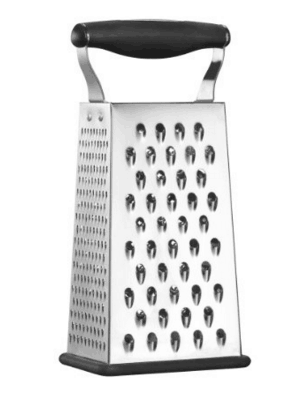
Hand Shredder/Grater
Needed for grating small amounts of vegetables.
More info or buy at: Amazon.com.
Needed in lesson 18.
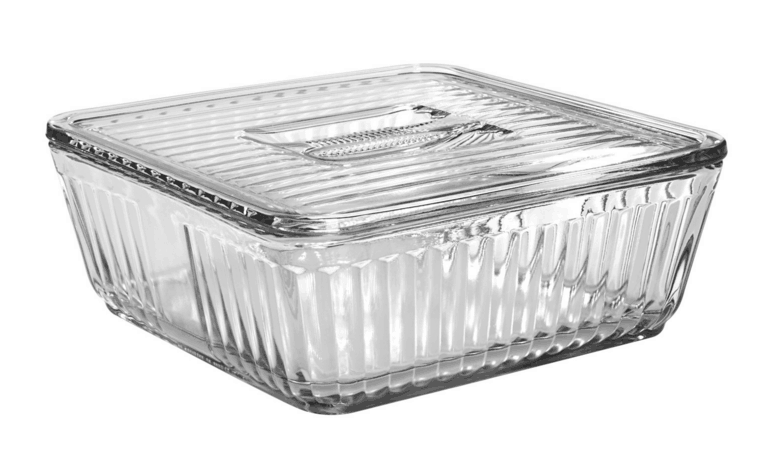
Deep-dish 11-inch Square Baking Dish
Needed for making baked omelets.
More info or buy at: Amazon.com.
Needed in lesson 18.
Ingredients
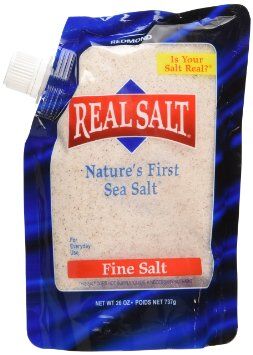
Real Salt
This unrefined sea salt is high in trace minerals and imparts a wonderful flavor.
Alternatives: Himalayan Sea Salt or Celtic Sea Salt.
Needed in most lessons.
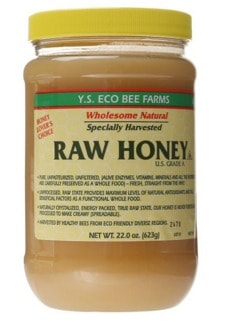
Raw Honey
A nutritious sweetener, honey that has not been heated over 117 degrees is loaded with amylases, enzymes that digest carbohydrates.
More info or buy at: Amazon.com.
Alternative: local raw honey is the best option, when possible.
Needed in lessons 6, 7, 8, 10, 12, 16, 18, 20, 21, 22, 23, and 24.
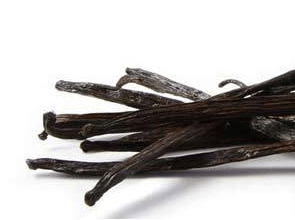
Vanilla Beans
Use vanilla beans to make your own vanilla extract.
More info or buy here.
Follow Wardee’s instructions for making vanilla extract.
Needed in lessons 6, 18, 21, and 22.

Unsweetened, Shredded Coconut
Comes from coconut meat that is dried at a low temperature. Tastes great, has a wonderful texture, and contains the nutrients found in coconut.
More info or buy at: Amazon.com.
Needed for lessons 6, 18, and 22.
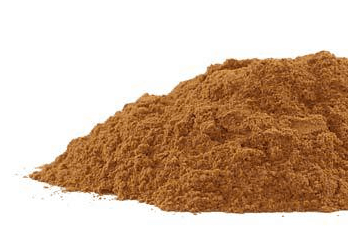
Cinnamon
Useful in flavoring baked goods.
More info or buy here.
Needed in lessons 6, 12, 18, 20, 21, 22, and 23.
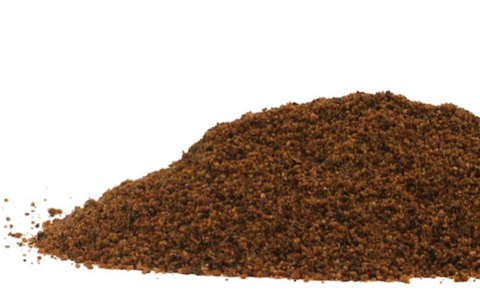
Nutmeg
Useful in flavoring baked goods and fruit leather.
More info or buy here.
Needed in lessons 6, 20, 21, and 23.

Ginger
Great for spiced baked goods, soups, and seasoned vegetables.
More info or buy here.
Needed in lessons 6, 7, 10, 13, 20, 21, 22, and 23.
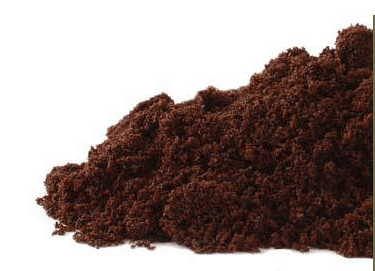
Cloves
This culinary spice pairs well with cinnamon and nutmeg.
More info or buy here.
Needed in lessons 6, 10, 13, 21, and 23.
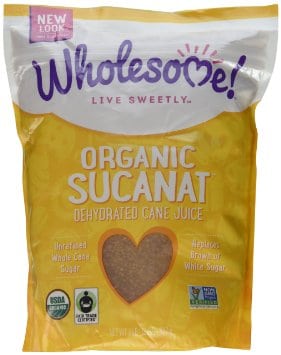
Sucanat or Rapadura
Unrefined sugar cane, a natural sweetener. Used to make candied fruits, water kefir, and baked goods.
More info or buy at: Amazon.com.
Needed in lessons 7 and 18.
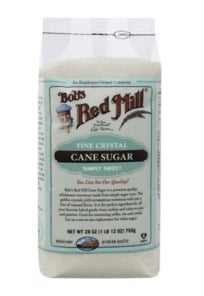
Evaporated Cane Juice
With it’s fine crystals and mild taste, this natural sugar is the most like white sugar. Needed for making Candied Apple Slices.
More info or buy at: Amazon.com.
Option in lessons 7.
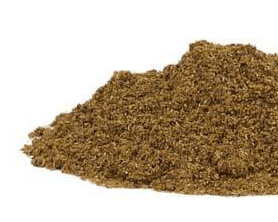
Pepper (ground)
Needed to season vegetables, beans, and meats.
More info or buy here.
Needed in lessons 9, 11, 13, 15, 16, 18, 19, 20, and 23.
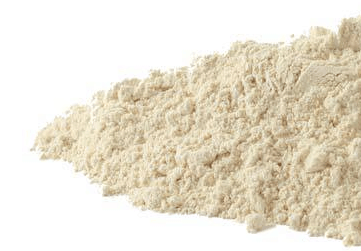
Garlic Powder
Needed to season vegetables, beans, and meats.
More info or buy here.
Needed in lessons 9, 16, 18, 19, 20, and 23.
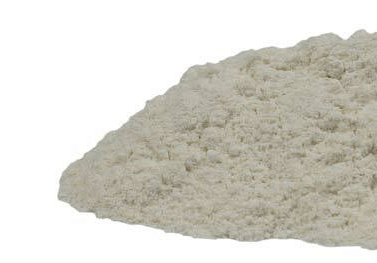
Onion Powder
Needed to season vegetables, beans, and meats.
More info or buy here.
Needed in lessons 9, 11, 16, 19, and 23.
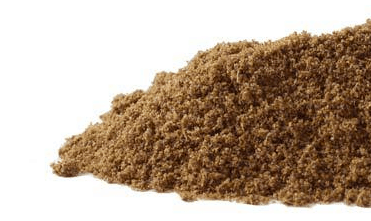
Cumin Powder
Needed to season vegetables, beans, and meats.
More info or buy here.
Needed in lessons 11, 16, and 19.
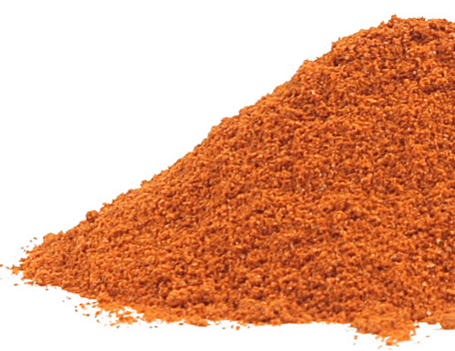
Cayenne (ground)
Useful in making condiments and savory dishes.
More info or buy here.
Needed in lessons 11, 16, 22, and 23.

Paprika
Flavorful addition to roasts, soups, stews, stocks and vegetable dishes. Also used to make herbed seasoning salt.
More info or buy here.
Needed in lessons 11 and 19.

Raw Apple Cider Vinegar
This apple cider vinegar is raw, organic, and unfiltered. Needed for soaking grains and making chicken broth.
More info or buy at: Amazon.com.
Needed in lessons 11, 12, 13, 16, 18, 19, 21, and 23.
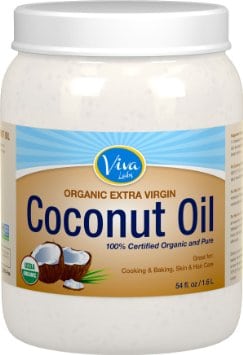
Coconut Oil, unrefined
A traditional cooking fat, excellent for baking, sautéing, and frying.
More info or buy at: Amazon.com.
Needed in lessons 11, 12, 19, 21, and 22.

Quinoa
Dehydrate cooked quinoa to use at a later time. Great in salads, as a side dish, and even in cookies.
More info or buy at: Amazon.com.
Needed in lessons 12 and 20.
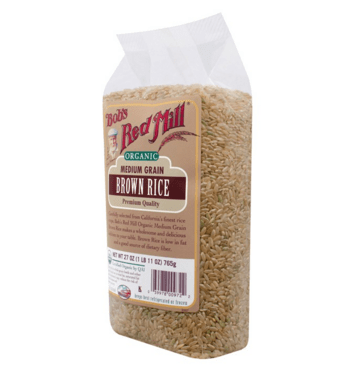
Brown Rice
Use to create dried brown rice that can be reconstituted when needed.
More info or buy at: Amazon.com.
Needed in lessons 12 and 19.
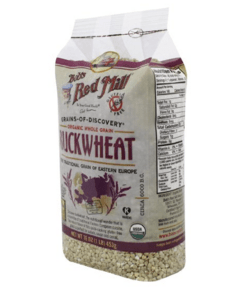
Buckwheat
Use to create sprouted buckwheat and dehydrate for future use.
More info or buy at: Amazon.com.
Needed in lessons 12.
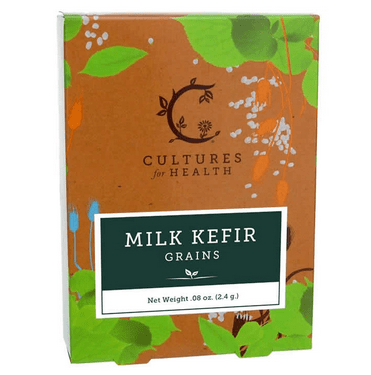
Dairy Kefir Grains
at Cultures for Health
Necessary for making dairy or coconut milk kefir.
More info or buy at: Cultures for Health.
Coupon: TCS for 15% off cultures and 10% off supplies. May be used multiple times.
Needed in lessons 13 and 17.
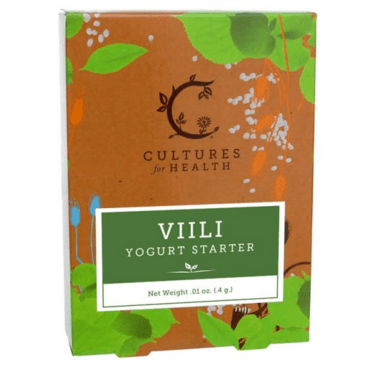
Villi Yogurt Starter
Needed to make room-temperature cultured yogurt.
More info: Cultures for Health.
Coupon: TCS for 15% off cultures and 10% off supplies. May be used multiple times.
Needed in lesson 14.
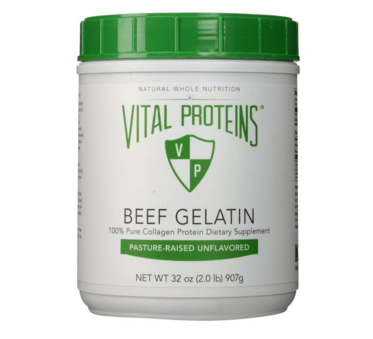
Beef Gelatin
Needed to make broth cubes.
More info or buy at: Amazon.com.
Alternative: Great Lake’s beef gelatin.
Needed in lessons 14 and 20.

Dessicated Liver
A simple way to get the benefits of liver. Choose these if you don’t wish to make your own.
More info or buy at: RadiantLife.com
Mentioned in lesson 15.
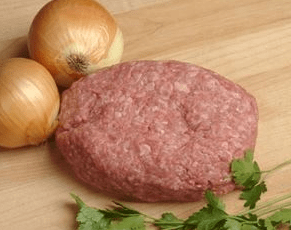
Ground Beef
Use to make dehydrated ground beef and beef jerky.
More info: US Wellness Meats.
Needed in lessons 15, 16, 19, and 20.

Liver
Dehydrate raw liver to create your own dessicated liver supplements.
More info: US Wellness Meats.
Needed in lesson 15.
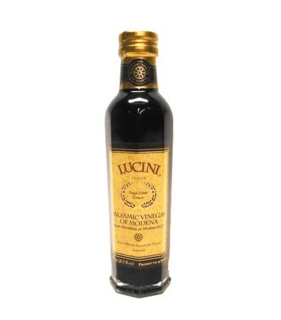
Balsamic Vinegar
This flavorful vinegar is especially helpful in making beef jerky.
More info or buy at: Amazon.com
Needed in lessons 16, 20, and 24.
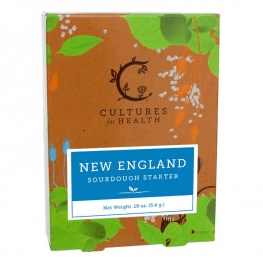
Sourdough Starter
Used to make sourdough bread, pancakes, and waffles.
More info or buy at: Cultures for Health.
Coupon: TCS for 15% off cultures and 10% off supplies. May be used multiple times.
Needed in lessons 17 and 18.
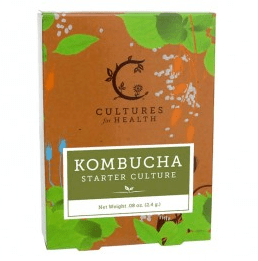
Kombucha Scoby
Needed to make kombucha.
More info: Cultures for Health.
Coupon: TCS for 15% off cultures and 10% off supplies. May be used multiple times.
Needed in lesson 17.
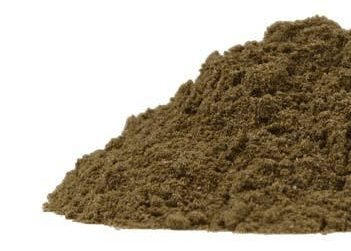
Green Leaf Stevia Powder
Stevia powder works well in non-bake desserts, tea, coffee, and salad dressings.
More info or buy at: Amazon.com.
Option in lesson 18.
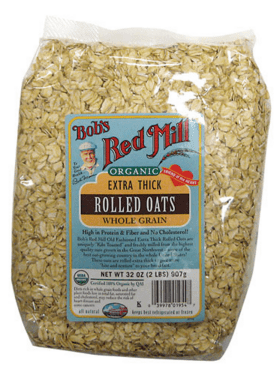
Rolled Oats
Used to make various breakfast dishes.
More info or buy at: Amazon.com.
Needed in lesson 18 and 22.
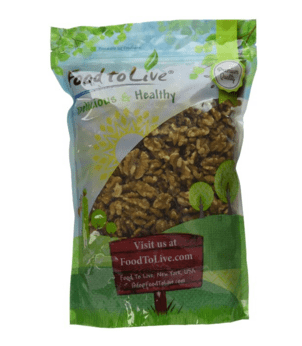
Walnuts
Used to make various breakfast dishes and dehydrated cookies.
More info or buy at: Amazon.com.
Needed in lesson 18 and 22.
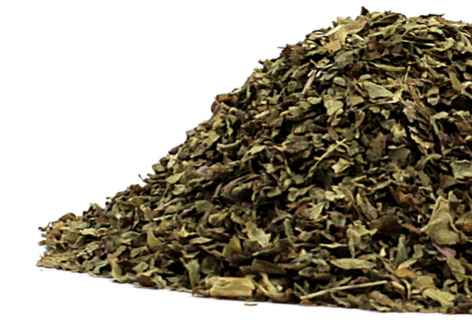
Basil
Flavorful addition to roasts, soups, stews, stocks and vegetable dishes. Also used to make herbed seasoning salt.
More info or buy here.
Needed in lesson 18 and 19.

Oregano
Flavorful addition to roasts, soups, stews, stocks and vegetable dishes. Also used to make herbed seasoning salt.
More info or buy here.
Alternative: Amazon.com.
Needed in lesson 19.
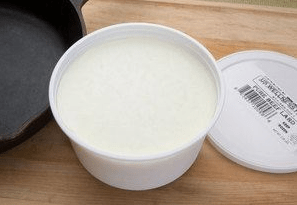
Beef Tallow
Excellent choice for frying.
More info or buy at: US Wellness Meats.
Alternatives: palm shortening works as a substitute.
Option in lessons 19, 20, and 22.
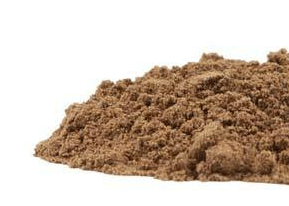
Allspice Powder
Useful in making condiments and baked goods.
More info or buy here.
Needed in lessons 20, 21, and 23.
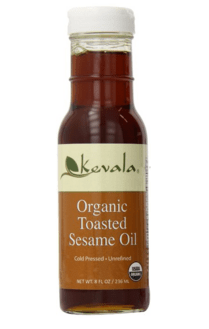
Toasted Sesame Oil
Needed to make quinoa and bean salad (also a great addition to salad dressings).
More info or buy at: Amazon.com.
Needed in lesson 20.
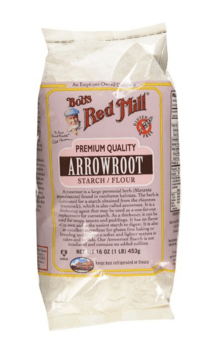
Arrowroot
Used as a thickener. A substitute for corn starch.
More info or buy at: Amazon.com.
Needed in lessons 20 and 21.
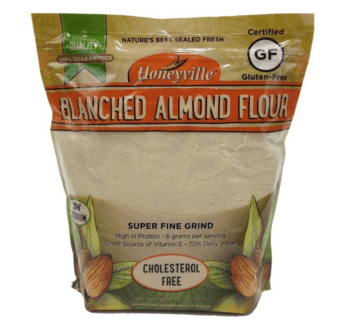
Blanched Almond Flour
The nut flour is often used to make gluten-free baked goods.
More info or buy at: Amazon.com.
Needed in lesson 21.

Aluminum-free Baking Powder
The best (and safest) baking powders are free of aluminum and GMOs.
More info or buy at: Amazon.com.
Alternative: Bob’s Red Mill Baking Powder.
Needed for lessons 21.
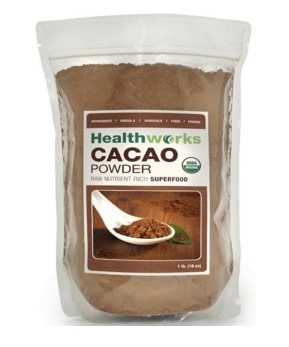
Cocoa Powder
Needed for baked goods and raw chocolate cookies.
More info or buy at: Amazon.com.
Needed in lesson 22.
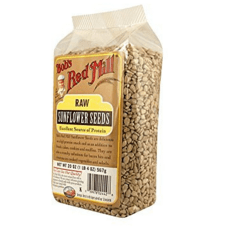
Sunflower Seeds
Can be used as a high-protein snack. An excellent addition to breads, cakes, cookies, and baked oatmeal.
More info or buy at: Amazon.com.
Option in lesson 22.
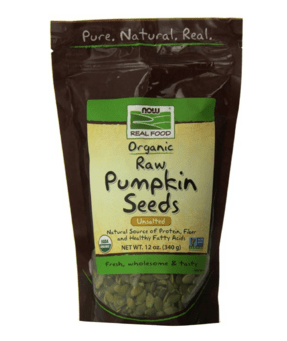
Pumpkin Seeds
Used to make grain-free granola.
More info or buy at: Amazon.com.
Needed in lesson 22.
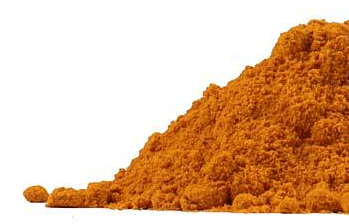
Turmeric
This anti-inflammatory herb adds flavor to vegetable and meat dishes.
More info or buy here.
Needed in lesson 23.
Additional Reading

Complete Dehydrator Cookbook
Includes techniques and instructions for preparing and preserving every kind of fruit and vegetable, plus more than 100 recipes.
More info or buy at: Amazon.com.
Mentioned in lesson 1.

Preserve It Naturally
Teaches the basics of dehydrating. Includes chapters on fruits, vegetables, meats, fish, herbs, nuts, grains, dairy products, crafts, cake decorating, potpourri, sachets, macrame beads, dough art, wreaths, and much more. Recipes for hot/cold appetizers, soups, salads, main/side dishes, sauces, beverages, desserts, snacks, trail mixes, breads, and more.
More info or buy at: Excaliburdehydrator.com.
Mentioned in lesson 1 and 3.
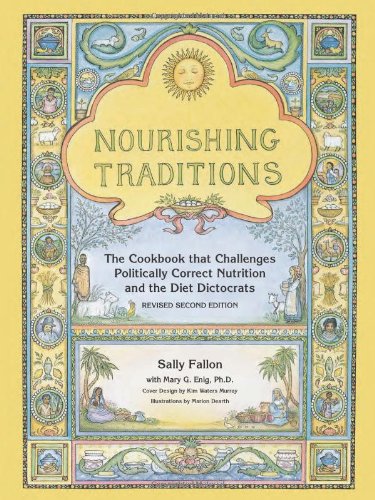
Nourishing Traditions
The ground-breaking cookbook by Sally Fallon includes well-researched information and an abundance of recipes prepared using traditional methods.
More info or buy at: Amazon.com.
Mentioned in lesson 12.
Other Links
Getting Started
- Private Member Area
- Get Access To The Dehydrating eCourse Videos
- Wardee Harmon, lead teacher and owner of “Traditional Cooking School by GNOWFGLINS”
- Wardee’s book: The Complete Idiot’s Guide to Fermenting Foods
Lesson 1
Lesson 2
Lesson 3
- None
Lesson 4
Lesson 5
- None
Lesson 6
- None
Lesson 7
- None
Lesson 8
- None
Lesson 9
- None
Lesson 10
- None
Lesson 11
Lesson 12
- None
Lesson 13
Lesson 14
- None
Lesson 15
- None
Lesson 16
- None
Lesson 17
Lesson 18
- None
Lesson 19
- None
Lesson 20
- None
Lesson 21
Lesson 22
- “here’s where you can buy it ready-made”
- Fact Sheet: How to Render Tallow or Lard: “Source”
Lesson 23
- None
Lesson 24
- None


